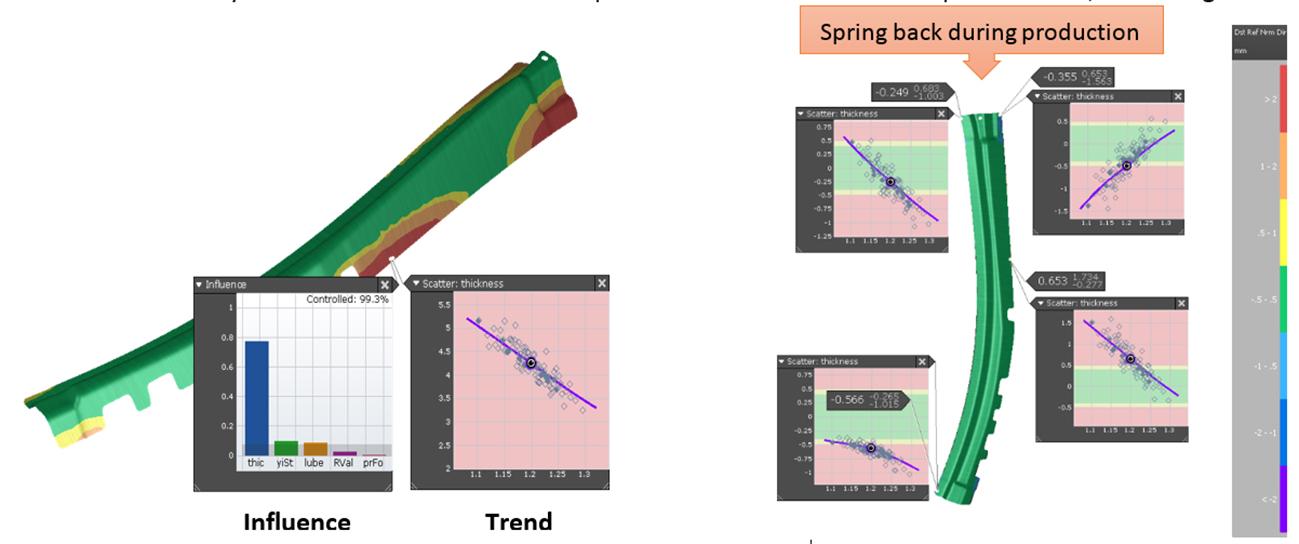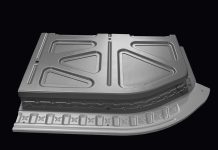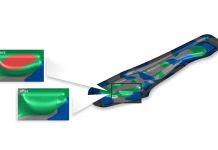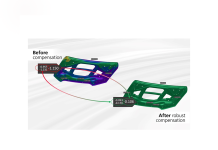“Yeah, yeah, I know, robustness analysis is a helpful tool. BUT I have this hot job and can’t afford the engineering time.” We hear statements like this from our customers all the time. Getting the hot job successfully out the door through the established trial and error design loops process takes precedence. So, what if I told you that you already possess the technology to more efficiently handle your design and try-out workflow? Moving design loops to engineering in the virtual world allows us to avoid costly tool re-cuts in the 11th hour. To that end, AutoForm Sigma can verify the robustness of stamping processes before any tools have been machined.
The truth is you cannot afford to leave these savings on the table for your competitor to use to their advantage. What sort of savings are we talking about? It’s difficult to capture the total savings afforded by robust process design but to illustrate, let’s say it saves us one recut. At the end of the project, when time directly translates to money, that recut can make or break the whole job.
For years, simulation was used to simply check whether the part would hold water. All other issues, we would deal with on the floor — which turned out to be an expensive endeavor. Thankfully, simulation can help us avoid some of this cost.
In recent years, trust has been gradually developed in simulation as a tool to predict formability. Then we started to ask whether the part could be made to fit a check gauge, beginning to recognize the value of this simulation tool. As the technology has progressed, so has our reliance and expectations. Now, we are asking whether we can make the part to gauge on time, every time. This level of assurance requires one more virtual ok to tool gate, a passing robust process analysis check.
Let’s use the example of an A-pillar with some springback issues in the nominal simulation. A compensation loop was able to bring the springback within specification. At this point, many people would give this part a green check and move on. The nominal simulation, even after compensation, only checks a single combination of material properties and does not account for production variation. A robustness analysis checks for variation and all possible materials under the specifications, indicating the proportion of panels that could be out of spec in production. In this example part, the springback is very sensitive to thickness variations, as seen with the help of the scatter plot and the influence plot shown below. The results of the robustness analysis can be used to help us decide which problems to fix in engineering and which to deal with on the shop floor. In this situation, if the blank thickness can be tightly controlled, no other changes need to be made. The decision-makers can use this information to help choose where the money is spent (i.e., re-engineering the production process or tightly controlling the blank thickness).

Hardware that can compute the robustness of a production-intent simulation in a few hours is now available and becoming reasonably priced. Even if the simulation must run overnight, the computers don’t rack up overtime pay and the whining is kept to computer fans rather than staff meetings.
The technology to perform a robustness analysis within AutoForm has been available for more than 15 years. This capability is included with every AutoForm solver so there are no financial hurdles to analyzing the robustness of your stampings. The only barrier to knowing the robustness of your panels going into tryout is you — how much are you leaving on the table by not leveraging robustness analysis?













